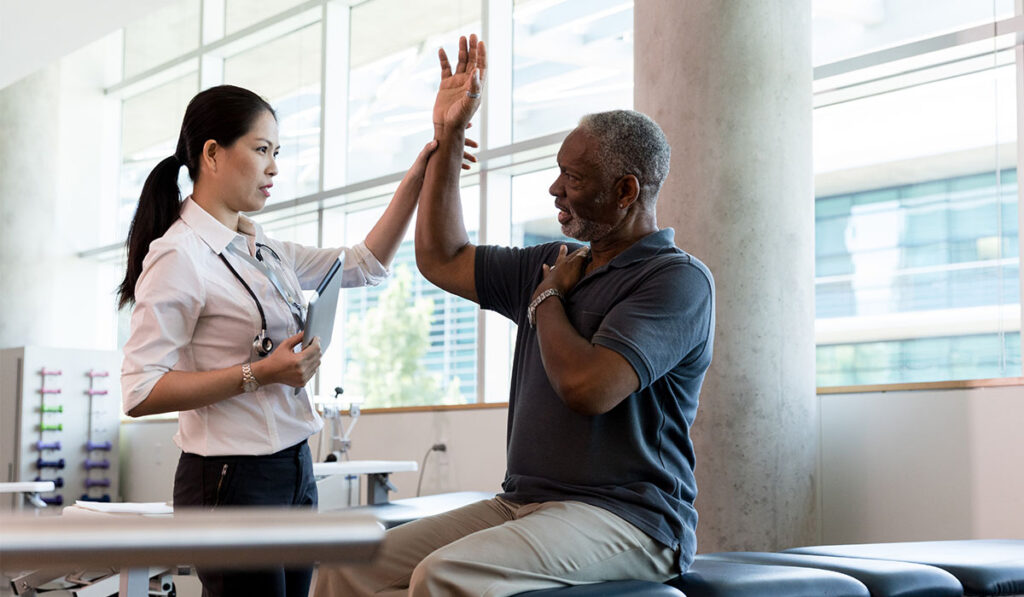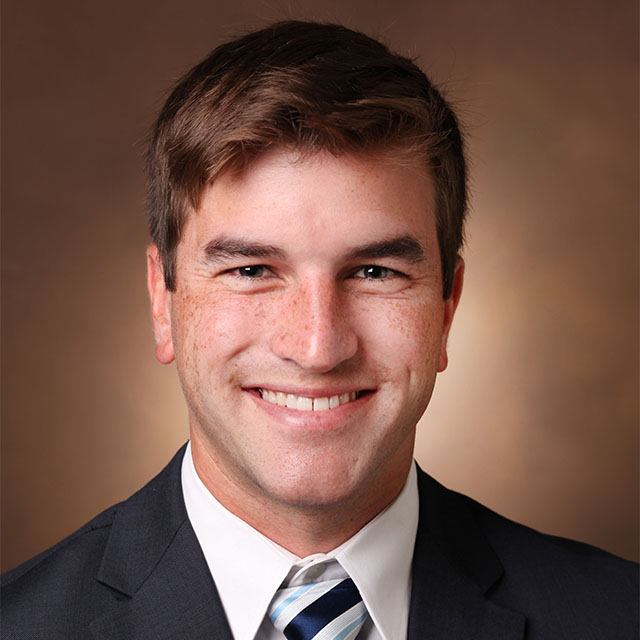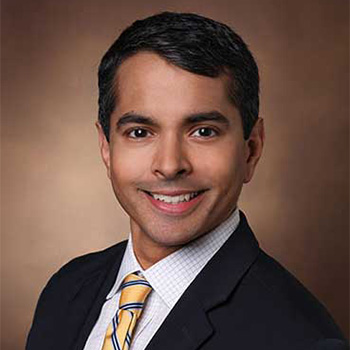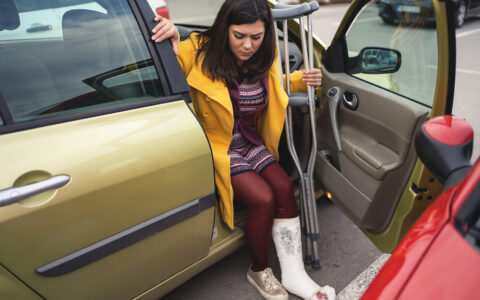A new adult brachial plexus center at Vanderbilt University Medical Center has emerged from the collaboration of two orthopaedists and a plastic surgeon who share a focus on hand and upper extremity surgery. Mihir Desai, M.D., an orthopaedic surgeon and center director, is joined by Jed Maslow, M.D., another orthopaedic surgeon and Brinkley Sandvall, M.D., a plastic and reconstructive surgeon.
Brachial plexus injuries in adults typically result from high-impact trauma. Patients presenting with these injuries often require coordinated neurological, orthopaedic and reconstructive care. The Vanderbilt center offers surgical and non-surgical patients occupational therapy, social work, pain management and physical medicine and rehabilitation services, as well as a strong platform for research.
“Each of us brings a little different training and experience to treating these patients,” Sandvall said. “We are grouping these resources to provide comprehensive, patient-centered care.”
Advances in Surgical Treatment
The three surgeons collaborate at the nexus of their specialties to brainstorm individualized treatment plans and improve outcomes. “Working with two other hand and upper extremity surgeons to plan and perform these surgeries has tremendous benefit,” Sandvall said.
“Nerve transfer is the most important recent development affecting our work,” Maslow added. “Through ‘rewiring’ techniques, a patient who has lost bicep function, for example, may recover 90 percent function through having some of the nerves from a working forearm rerouted to the biceps.”
“Through ‘rewiring’ techniques, a patient who has lost bicep function may recover 90 percent function.”
Gains in Research
In a 2016 study, Desai and colleagues reported on 27 patients undergoing radial nerve transfer to the anterior branch of the axillary nerve, demonstrating dramatic improvements in strength and range of motion. One goal for the adult brachial plexus center is to expand data available for similar studies and help power multicenter studies like the Prospective Longitudinal Assessment of Nerve Trauma, which Desai says is ongoing and consolidates data from five sites.
Maslow says Vanderbilt offers rich resources for cutting-edge technology that may help with nerve location and evaluation. This includes new intraoperative imaging or diagnostic testing that can help distinguish healthy from unhealthy nerve tissue. Additionally, Maslow is researching applications of biophotonics, optical coherence tomography and technology for sensing glucose metabolic uptake that may eliminate nerve sampling.
The team hopes that the center can drive greater awareness among adults with brachial plexus injuries and their providers to seek comprehensive evaluation. Sandvall says that earlier evaluation can be pivotal as more treatment options may be available. “The right treatment plan can drive dramatic improvements in function and quality of life,” Sandvall said.





